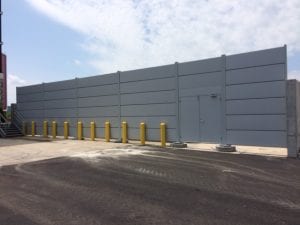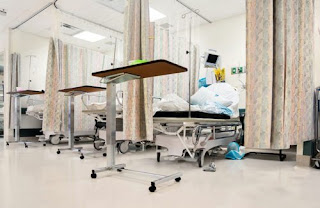Different types of melamine foam density
.jpg)
Melamine foam is a sponge made of melamine formaldehyde resin foamed through a fixation process. After compression at various pressures, actual density melamine foam will become melamine foam with various densities. The extensively used density of this type of foam is 8 and 12 density options. The actual density of melamine foam is fixed at 8 densities, which is also the lowest density. The density will surge under high pressures of the compressor, but the weight remains unchanged, so this type of foam will have different kinds of densities. 8 density Sonex foam has an excellent benefit in the field of home decoration as acoustic material. Foam with 8 densities implies that in 1 cubic meter of space, the weight of the foam is 8 kilograms. 8 density foam composite can also be used for regular cleaning purposes along with being an acoustic material, like removing dirt, stains, and stubborn marks from surfaces like floors, walls and furniture. This is the best foam pro...


